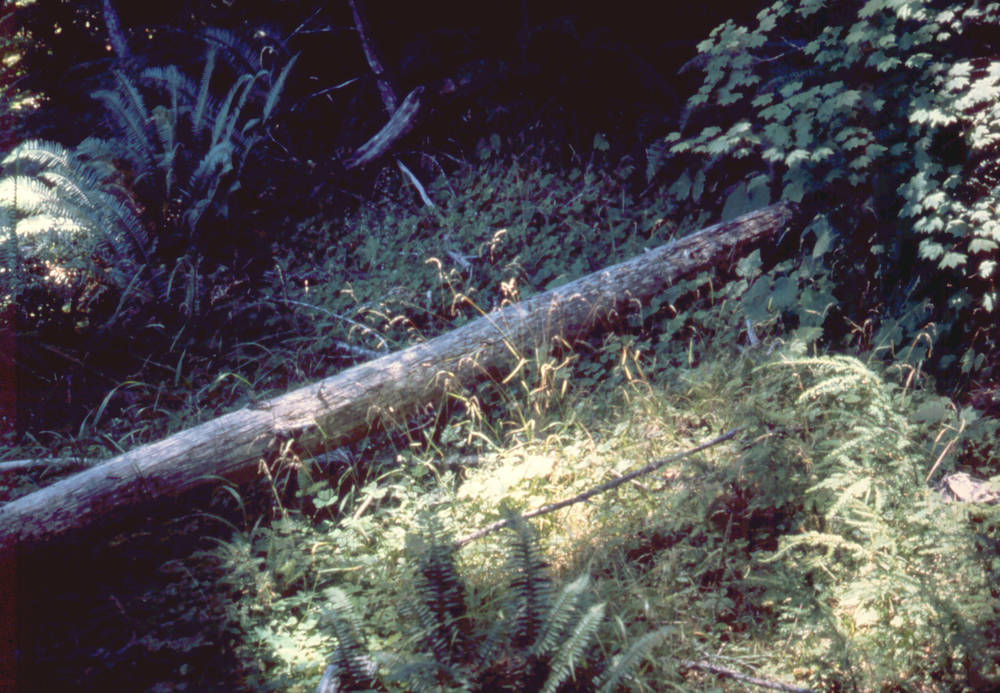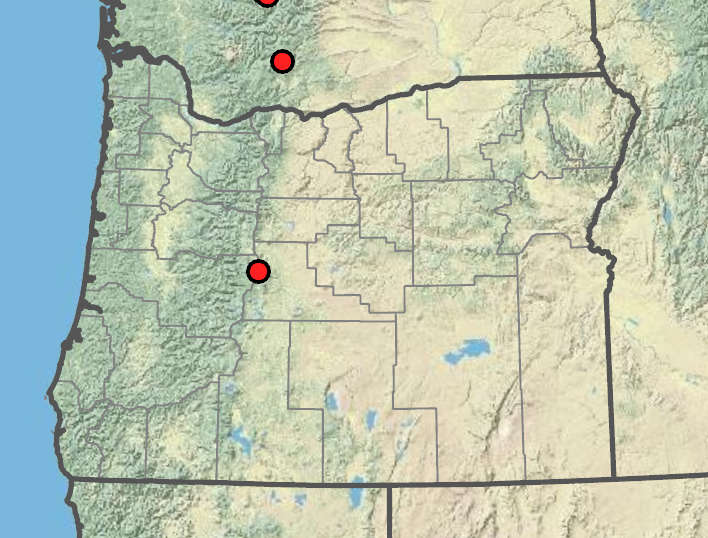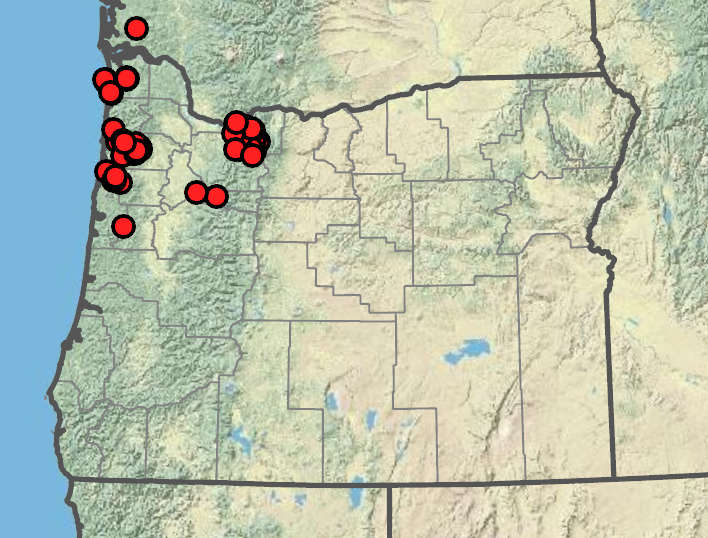Poa lettermanii
Poa marcida
Letterman's bluegrass
withered bluegrass
intra- and extravaginal or mainly intravaginal.
mainly pseudointravaginal.
sheaths closed to 25% of their length;
ligules 1–3 mm;
blades flat or folded, or slightly inrolled, 0.5–2 mm wide.
sheaths closed approximatly 90% of their length; to near the collar;
ligules 0.5–2 mm long;
blades flat, 1.5–5 mm wide.
erect, contracted, 1–3 cm long, usually exserted from the sheaths;
branches erect to steeply ascending; slender; to 1.5 cm.
lax, narrowly lanceolate, 6–22 cm; sparse;
branches ascending, 1–3 per node.
3–4 mm, green or purple;
florets 2–3;
rachilla internodes less than 1 mm long; smooth.
3.5–7 mm;
florets (1)2(4);
rachilla internodes about 1 mm long.
lanceolate to broadly lanceolate, 2.4– 3.6(4) mm, usually equaling or exceeding the lowest lemma, frequently exceeding the upper florets;
lower glumes 3-veined.
keels scabrous;
lower glumes 1-veined;
upper glumes shorter than or subequal to lowest lemma.
glabrous.
with sparse cobwebby hairs.
lanceolate, 2.5–3 mm long, distinctly keeled; thin, glabrous;
keels and marginal veins rarely sparsely puberulent;
tips acute.
narrowly lanceolate, 3.2–5 mm long, distinctly keeled, glabrous; smooth;
tips acuminate.
0.2–0.8 mm.
0.5–1.2 mm.
=14.
Poa lettermanii
Poa marcida
Rocky alpine ridges and ledges. 2900–3100m. Casc. CA, ID, NV, WA; north to British Columbia, east to CO. Native.
This is a small, cespitose, alpine bluegrass, most similar to P. suksdorfii. Both have subequal glumes that tend to be longer than the lowest lemma, but P. suksdorfii has larger spikelets with longer glumes. In Oregon, P. lettermanii is known only from high elevation on South Sister in the central Cascades.
Moist, late successional conifer forests. 0–1100m. Casc, CR, Est. WA; north to British Columbia. Native.
Poa marcida has narrow, nodding, few-branched inflorescences with branches that parallel the inflorescence axis. The lemmas are long and taper more gradually than other Poa species. Poa laxiflora also has nodding inflorescences, but its branches are strongly spreading, and its lemma tips are more rounded.
Rob Soreng, Barbara Wilson, Richard Brainerd, Nick Otting
Rob Soreng, Barbara Wilson, Richard Brainerd, Nick Otting
- Local floras:
BC,
CA,
OR,
WA
- Local Web sites:
CalFlora,
CalPhotos,
Flora NW,
PNW Herbaria
WildflowerSearch
iNaturalist (observations)
USDA Plants Database
- LBJ Wildflower Center
- SEINet
- Plants of the World Online
- Encyclopedia of Life
- Wikipedia
- Google Image Search
- Local floras:
BC,
OR,
WA
- Local Web sites:
Flora NW,
PNW Herbaria
WildflowerSearch
iNaturalist (observations)
USDA Plants Database
- LBJ Wildflower Center
- SEINet
- Plants of the World Online
- Encyclopedia of Life
- Wikipedia
- Google Image Search




